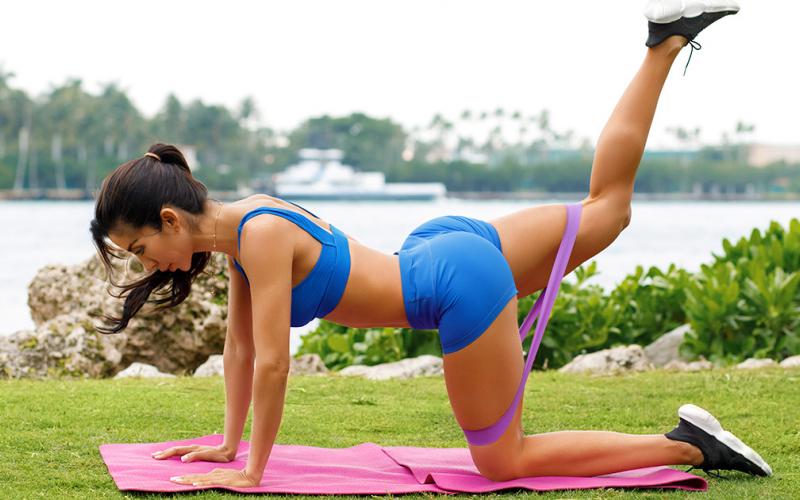
Are you looking to elevate your fitness routine to new heights? Look no further.
In this article, we will explore the 10 must-try aspects for your next fitness routine.
From cardio exercises to strength training, flexibility workouts to yoga and pilates, we've got you covered.
Discover the benefits of home workouts, the importance of rest days, and the significance of hydration.
Find out how to choose the right workout clothing and embark on a journey towards a healthier, fitter you.
Get ready to take charge of your fitness and unlock your true potential.
Cardio Exercises
Cardio exercises play a crucial role in any well-rounded fitness routine, promoting cardiovascular health and aiding in weight loss. Building cardio endurance is essential for increasing stamina and improving overall fitness levels.
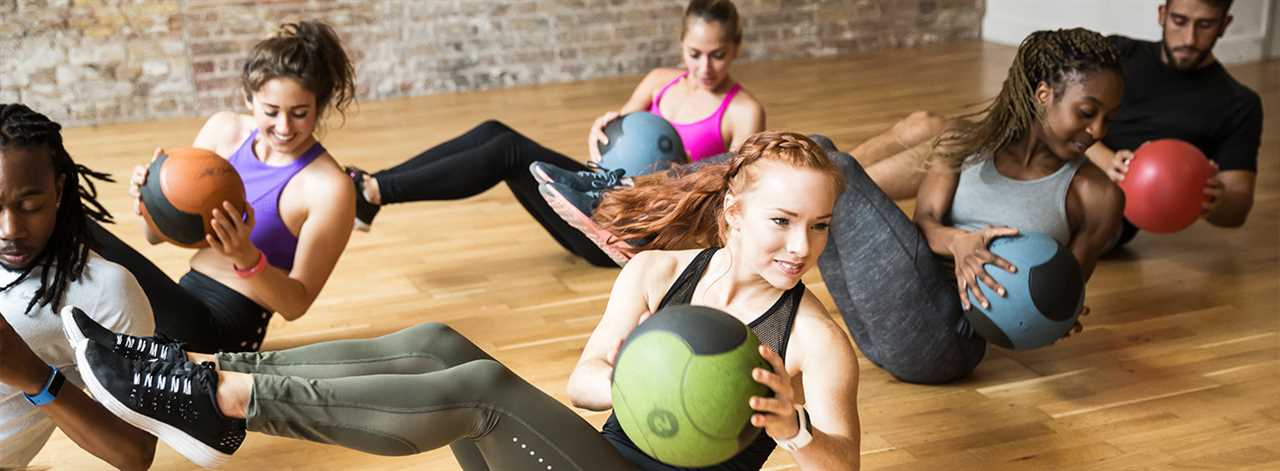
One highly effective way to enhance cardio endurance is through HIIT workouts, or High-Intensity Interval Training. HIIT involves short bursts of intense exercise followed by periods of rest or lower-intensity activity. This type of training not only increases cardiovascular fitness but also helps to burn calories and fat more efficiently.
Incorporating HIIT workouts into your fitness routine can provide a challenging and rewarding way to improve your cardiovascular health while maximizing your time and effort. So, whether it's running, cycling, swimming, or any other cardio exercise, remember to push yourself and include HIIT workouts to take your fitness to the next level.
Strength Training
Strength training is a crucial component of any fitness routine. It helps build lean muscle mass, improve overall strength, and boost metabolism.
To get the most out of your strength training sessions, it's important to focus on proper form techniques and muscle group targeting. By maintaining correct form and targeting specific muscle groups, you can optimize your workouts and achieve your fitness goals more effectively.
Proper Form Techniques
One crucial element for optimizing your strength training regimen is the implementation of impeccable form techniques. Proper form techniques not only help you achieve maximum results but also play a significant role in injury prevention.
Here are four key aspects to consider when it comes to proper form techniques in strength training:
- Alignment: Ensure that your body is properly aligned during each exercise, maintaining a neutral spine and engaging the correct muscles.
- Breathing: Practice proper breathing techniques, inhaling on the eccentric phase and exhaling on the concentric phase of each movement. This helps stabilize your core and maintain control.
- Range of Motion: Focus on achieving a full range of motion in each exercise, allowing your muscles to work through their complete range and avoiding unnecessary strain.
- Progressive Overload: Gradually increase the intensity of your workouts by adding weight or resistance, ensuring that your form remains impeccable as you challenge your muscles.
Muscle Group Targeting
To optimize your strength training routine, it is essential to focus on effectively targeting specific muscle groups. Muscle toning and building requires a strategic approach that involves engaging the right muscles through targeted exercises. By honing in on specific muscle groups, you can maximize your efforts and achieve the best results.
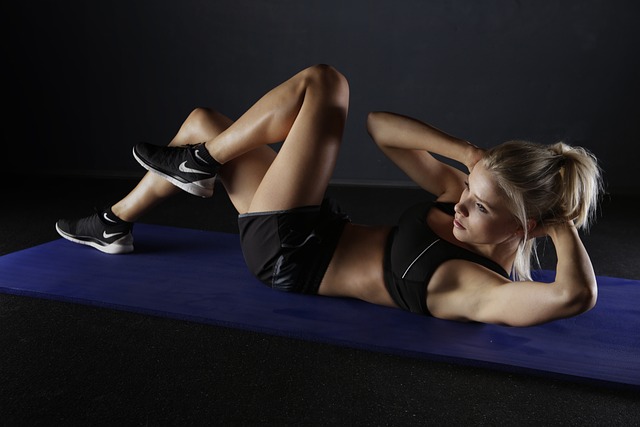
When designing your strength training routine, it's important to identify the muscle groups you want to prioritize. Whether it's your arms, legs, back, or core, each muscle group requires specific exercises to effectively tone and strengthen them. For example, if you want to target your arms, exercises like bicep curls, tricep dips, and push-ups can help you achieve defined and sculpted arms.
Remember, the key to effective muscle group targeting is to perform exercises that isolate and engage the desired muscle groups. Incorporate a variety of exercises that challenge these muscles from different angles and intensities. By doing so, you'll not only improve your strength but also enhance your overall physique.
Flexibility Workouts
Flexibility workouts are an essential component of a well-rounded fitness routine. Incorporating flexibility exercises and stretching techniques can improve your overall mobility, prevent injuries, and enhance your performance in other areas of fitness. Here are four must-try aspects of flexibility workouts:
- Dynamic stretching: This involves moving your muscles and joints through a full range of motion to improve flexibility and warm up the body before exercise.
- Static stretching: Holding a stretch for a prolonged period helps increase muscle length and improve flexibility over time.
- Yoga or Pilates: These practices combine stretching, strengthening, and mindfulness to improve flexibility, balance, and core strength.
- Foam rolling: Using a foam roller helps release muscle tension and improve flexibility by targeting trigger points and knots.
Incorporating these flexibility workouts into your routine will not only increase your range of motion but also enhance your overall fitness and promote a sense of freedom in your body.
Yoga
Yoga is a powerful practice that offers numerous benefits for both the mind and body. It is known for its ability to improve flexibility, making it an excellent addition to any fitness routine.
Additionally, yoga provides mental clarity, stress relief, and increased mindfulness. With various styles available, such as Hatha, Vinyasa, and Bikram, there is a yoga practice suitable for everyone's preferences and goals.
Yoga for Flexibility
Yoga, an ancient practice, offers numerous benefits for improving flexibility. Incorporating yoga into your fitness routine can help you achieve a greater range of motion and loosen tight muscles. Here are four key aspects of yoga for flexibility that you should try:
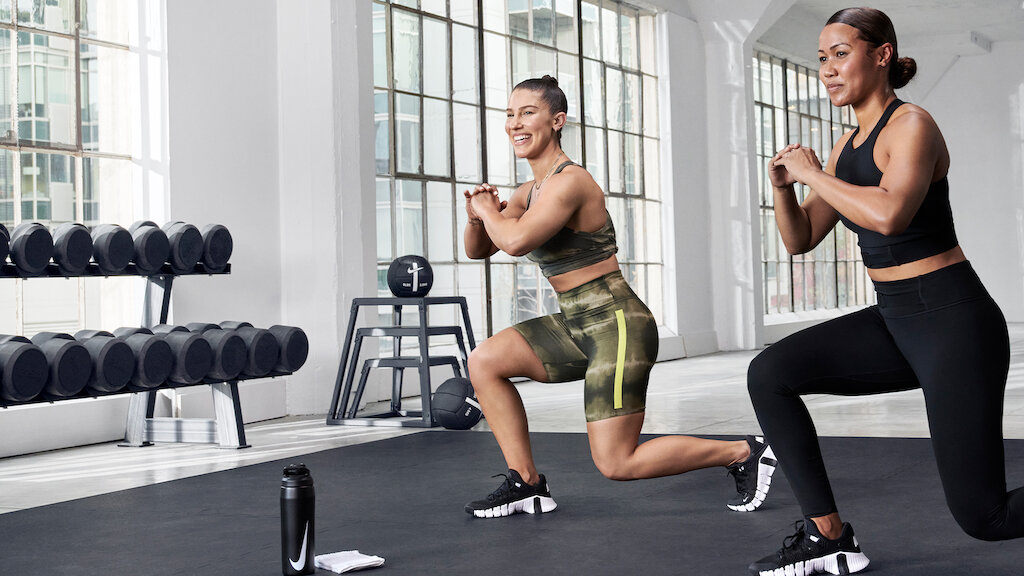
- Dynamic stretching: Yoga involves a series of flowing movements and poses that gently stretch and lengthen your muscles, improving flexibility and reducing stiffness.
- Deep breathing: Yoga emphasizes deep, mindful breathing, which helps to relax your body and mind. This can reduce stress and tension, allowing your muscles to relax and become more flexible.
- Balance and stability: Many yoga poses require balance and stability, which can help improve core strength and posture. This stability training can also enhance your overall flexibility.
- Mind-body connection: Yoga encourages you to listen to your body and be present in the moment. By developing a stronger mind-body connection, you can better understand and respond to your body's needs, leading to increased flexibility.
Incorporating yoga for flexibility into your fitness routine can help you not only become more flexible physically but also find stress relief and balance in your life. So, why not give it a try and experience the freedom that comes with a more flexible body?
Benefits of Yoga
Incorporating this ancient practice into your fitness routine offers a multitude of benefits that can positively impact your overall well-being.
Yoga benefits both the body and the mind, making it a holistic practice that promotes physical strength, flexibility, and balance, while also reducing stress and improving mental clarity.
One of the great things about yoga is that there are different styles to suit everyone's preferences and needs. If you're looking for a more vigorous workout, you can try power yoga or vinyasa flow. If you want to focus on relaxation and stress relief, then restorative or yin yoga might be more suitable.
No matter which style you choose, practicing yoga regularly can help you achieve greater physical and mental health, leading to a more balanced and fulfilling life.
Different Yoga Styles
When exploring various fitness routines, it is important to consider the different styles of yoga available. Yoga is a versatile practice that offers a wide range of benefits for both the body and mind.
Here are four different yoga styles to consider incorporating into your fitness routine:
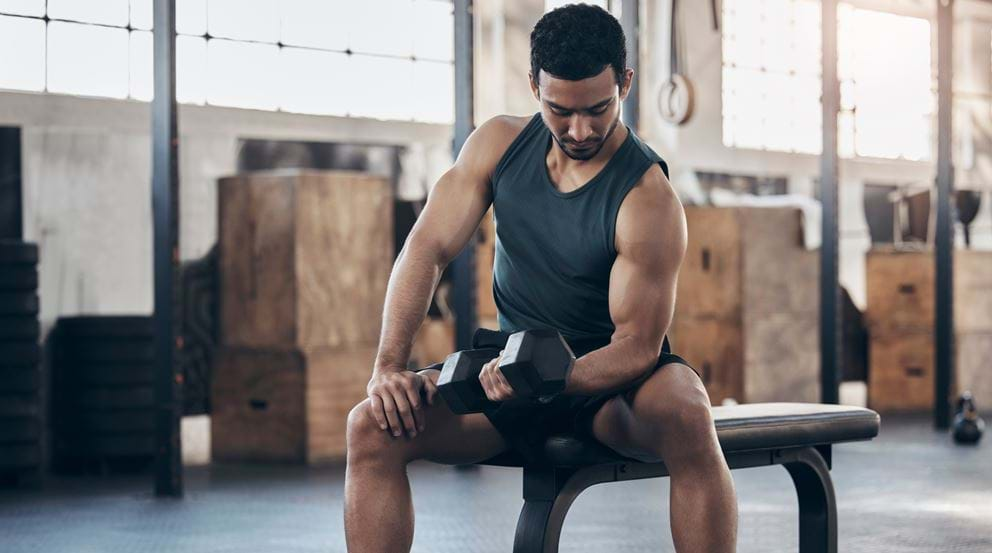
- Hatha Yoga: A gentle and slow-paced style that focuses on alignment and breath control. It is great for beginners and helps improve flexibility and balance.
- Vinyasa Yoga: A dynamic and flowing style that synchronizes movement with breath. It builds strength, improves cardiovascular health, and promotes mindfulness.
- Ashtanga Yoga: A rigorous and structured style that follows a specific sequence of poses. It enhances stamina, tones the body, and cultivates self-discipline.
- Yin Yoga: A passive style that involves holding poses for an extended period. It targets deep connective tissues, improves flexibility, and calms the mind.
Pilates
Pilates is an effective and versatile form of exercise that combines strength, flexibility, and control through precise movements. It is a popular choice for individuals looking to improve their core strength and increase flexibility.
Pilates exercises focus on engaging the deep muscles of the abdomen, back, and pelvic floor, helping to develop a strong and stable core. By strengthening these muscles, you can improve your posture, stability, and overall body alignment.
Additionally, Pilates incorporates a wide range of movements that promote flexibility and joint mobility. Through controlled and intentional movements, you can enhance your range of motion and improve your overall flexibility.
Whether you are a beginner or an advanced fitness enthusiast, incorporating Pilates into your routine can provide numerous benefits for your body and mind.
Fitness Tracking
Fitness tracking is an essential tool for anyone looking to optimize their fitness routine. By tracking your progress, you can gain valuable insights into your performance and make informed decisions about your workouts.
Popular tracking devices such as fitness trackers and smartwatches offer a range of features to help you monitor your activity levels, heart rate, calories burned, and more.
With the right tracking device and effective tracking methods, you can take your fitness routine to the next level and achieve your goals with precision and efficiency.

Benefits of Fitness Tracking
The benefits of fitness tracking are essential for individuals looking to optimize their exercise routine and achieve their fitness goals. Fitness apps and tracking devices provide a wealth of advantages that can greatly enhance your fitness journey. Here are four key benefits to consider:
- Goal Setting: Fitness tracking allows you to set specific goals and track your progress towards them. Whether it's running a certain distance or lifting a certain weight, setting goals gives you a clear target to work towards and keeps you motivated.
- Accountability: By tracking your workouts and progress, you hold yourself accountable for your fitness routine. Knowing that you have a record of your activities can help you stay committed and disciplined in your workouts.
- Personalized Insights: Fitness tracking provides valuable insights into your exercise habits, sleep patterns, and overall health. This data can help you identify areas where you can improve and make necessary adjustments to optimize your performance.
- Motivation and Rewards: Many fitness tracking apps offer motivational features such as challenges, badges, and social sharing. These elements can help you stay motivated, celebrate your accomplishments, and even compete with friends, providing a sense of community and support.
By incorporating fitness tracking into your routine, you can unlock these benefits and take your fitness journey to new heights.
Popular Tracking Devices
Popular tracking devices have revolutionized the way people monitor their fitness progress and achieve their health goals. With the advent of wearable technology and popular fitness apps, individuals now have access to a wide array of devices that can track various aspects of their fitness journey. These tracking devices provide real-time data on metrics such as heart rate, steps taken, calories burned, and sleep patterns.
They also offer features like GPS tracking, workout suggestions, and personalized coaching. By utilizing these devices, individuals can gain valuable insights into their daily activity levels and make informed decisions to improve their overall health and wellbeing. Whether it's a smartwatch, fitness tracker, or smartphone app, popular tracking devices empower individuals to take control of their fitness and make meaningful progress towards their goals.
Tracking Progress Effectively
To effectively track your progress in your fitness journey, it is essential to utilize reliable tracking devices that offer comprehensive data and insights. Here are some key aspects to consider when it comes to tracking your progress effectively:
- Fitness Apps: There are numerous fitness apps available that can help you track your workouts, monitor your nutrition, and even provide personalized training plans. These apps can be easily accessed on your smartphone, making it convenient to track your progress wherever you go.
- Goal Setting: Setting specific, measurable, achievable, relevant, and time-bound (SMART) goals is crucial when tracking your progress. Whether it's improving your running endurance, increasing your strength, or losing weight, having clear goals will keep you motivated and focused.
- Data Analysis: Tracking your progress is not just about collecting data; it's about analyzing that data to gain insights. Look for tracking devices or apps that provide detailed reports and analysis of your workouts, nutrition, and overall fitness level. This will help you identify patterns, set benchmarks, and make informed decisions to optimize your progress.
- Accountability and Support: Find a tracking device or app that allows you to connect and share your progress with friends, family, or an online community. Having a support system and being held accountable by others can significantly enhance your motivation and commitment to your fitness journey.
Home Workouts
When designing your next fitness routine, consider incorporating home workouts for a convenient and effective way to stay active. Home workouts offer a variety of challenges that can help you push your limits and achieve your fitness goals.
One of the challenges of home workouts is finding the right equipment that suits your needs and space. From resistance bands and dumbbells to yoga mats and stability balls, there are plenty of options available that can provide a full-body workout.
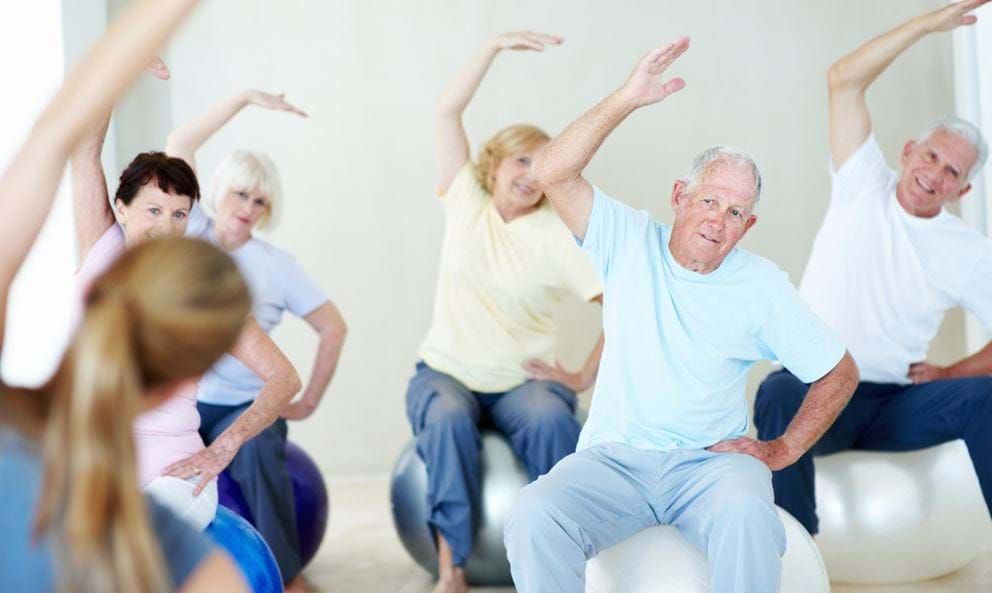
Additionally, home workouts allow you the freedom to exercise at your own pace and schedule, eliminating the need to commute to a gym or adhere to class timings.
Rest Days
During your fitness routine, it is crucial to incorporate dedicated rest days for optimal recovery and muscle growth. Rest days are often overlooked, but they play a significant role in achieving your fitness goals.
Here are some benefits of incorporating rest days into your routine:
- Muscle Repair: Rest days allow your muscles to repair and rebuild, leading to increased strength and endurance.
- Injury Prevention: Taking regular breaks reduces the risk of overuse injuries and allows your body to heal any minor strains or sprains.
- Mental Refreshment: Rest days give you a break from the physical and mental demands of your workouts, helping you stay motivated and focused.
- Improved Performance: By giving your body time to recover, you can improve your overall performance and avoid burnout.
Hydration
Incorporating proper hydration into your fitness routine is essential for maximizing performance and ensuring optimal recovery. Staying hydrated provides numerous benefits that can greatly impact your overall fitness journey.
When you exercise, your body loses water through sweat, and this can lead to dehydration if not properly replenished. Hydration plays a crucial role in maintaining body temperature, lubricating joints, and delivering nutrients to your muscles. It also helps prevent muscle cramps, fatigue, and dizziness during workouts.
To stay hydrated, always have a water bottle with you and drink water before, during, and after your exercise sessions. Remember that your hydration needs may vary depending on factors like intensity, duration, and climate.
Prioritizing hydration will not only enhance your performance but also keep you feeling energized and ready to conquer your fitness goals.

Workout Clothing
Proper workout clothing is an essential aspect to consider when prioritizing hydration and maximizing performance in your fitness routine. The right workout gear can make a significant difference in your overall workout experience.
Here are four important points to keep in mind when choosing your workout clothing:
- Comfort: Opt for clothing that allows for freedom of movement and doesn't restrict your range of motion.
- Breathability: Look for performance fabrics that wick away moisture and allow for proper ventilation, keeping you cool and dry throughout your workout.
- Support: Invest in sports bras, compression leggings, and supportive footwear to minimize discomfort and reduce the risk of injury.
- Durability: Choose workout clothing made from high-quality materials that can withstand regular use and frequent washing without losing their shape or performance.
By prioritizing these aspects in your workout clothing, you'll not only feel more comfortable but also be motivated to push yourself harder, knowing that you have the right gear to support your fitness goals.
Frequently Asked Questions
What Are the Best Cardio Exercises for Weight Loss?
The best cardio exercises for weight loss include HIIT workouts and swimming. HIIT workouts are effective for burning calories and increasing metabolism, while swimming offers a low-impact, full-body workout with cardiovascular benefits.
How Often Should I Be Incorporating Strength Training Into My Fitness Routine?
Incorporating strength training into your fitness routine is crucial for building muscle, improving overall strength, and boosting metabolism. The frequency of strength training depends on your goals and fitness level, but aim for at least 2-3 sessions per week for optimal results.
Are There Any Specific Flexibility Workouts That Can Help Alleviate Muscle Tightness?
Flexibility exercises and stretching techniques can help alleviate muscle tightness. Incorporating these into your fitness routine can increase flexibility, improve range of motion, and prevent injury. Don't miss out on the benefits of incorporating flexibility workouts into your routine.
What's the Difference Between Yoga and Pilates, and Which One Is Better for Me?
Yoga and Pilates are both popular fitness practices that offer unique benefits. While Pilates focuses on core strength and stability, yoga combines physical poses and breathing exercises to promote mental and physical well-being. Both are suitable for beginners, but personal preference and goals should guide your choice.
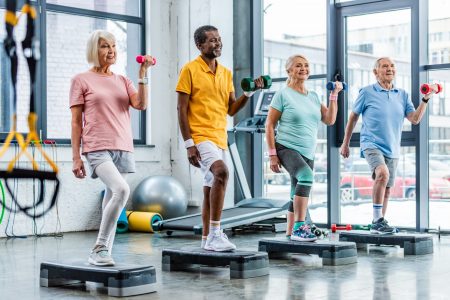
How Can Fitness Tracking Devices Help Improve My Workout Performance?
Fitness tracking devices can greatly enhance your workout performance by providing valuable data on various metrics such as heart rate, calories burned, and distance covered. This information allows you to track your progress, set goals, and improve endurance, ultimately leading to more effective and efficient workouts.






